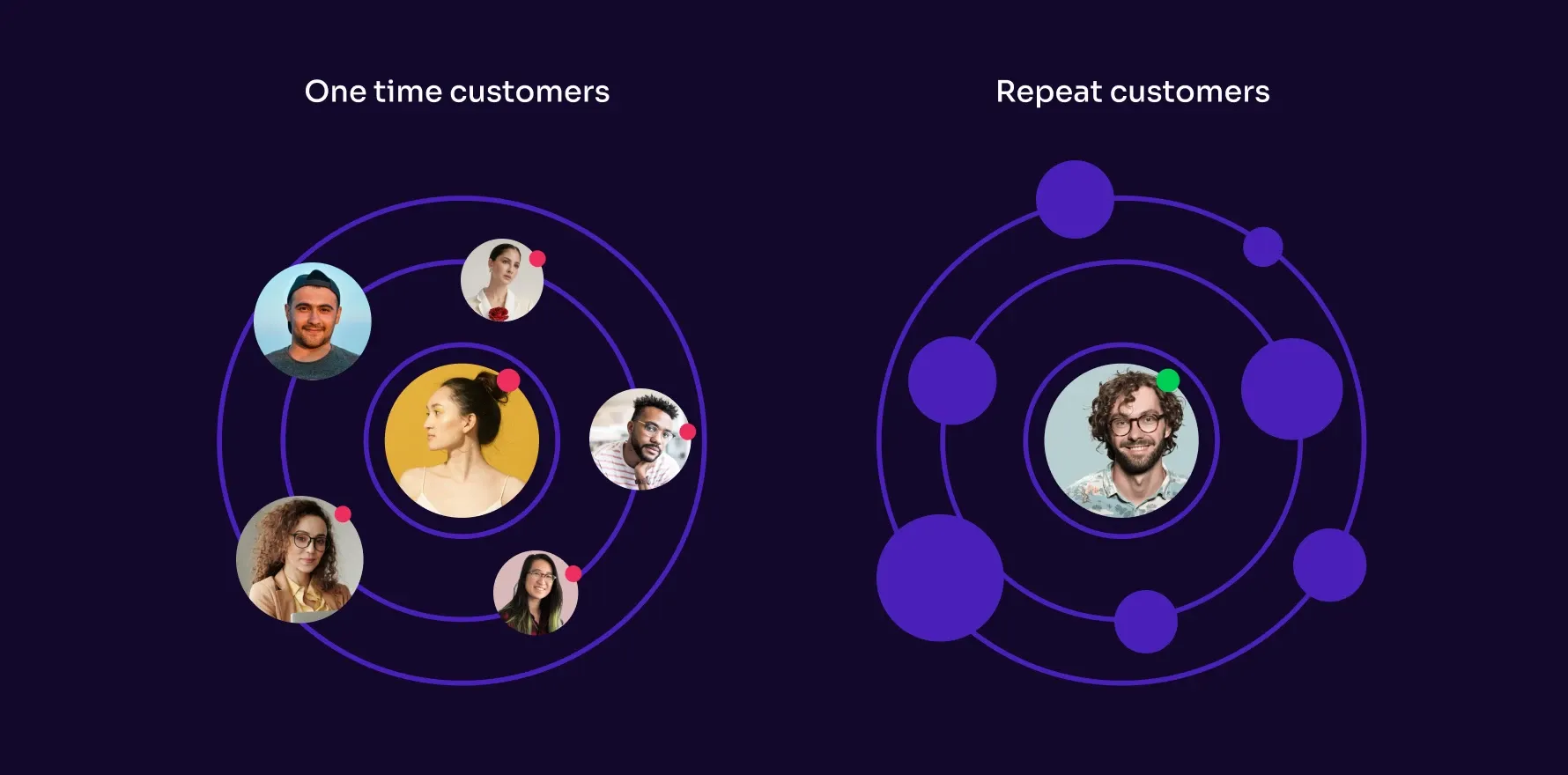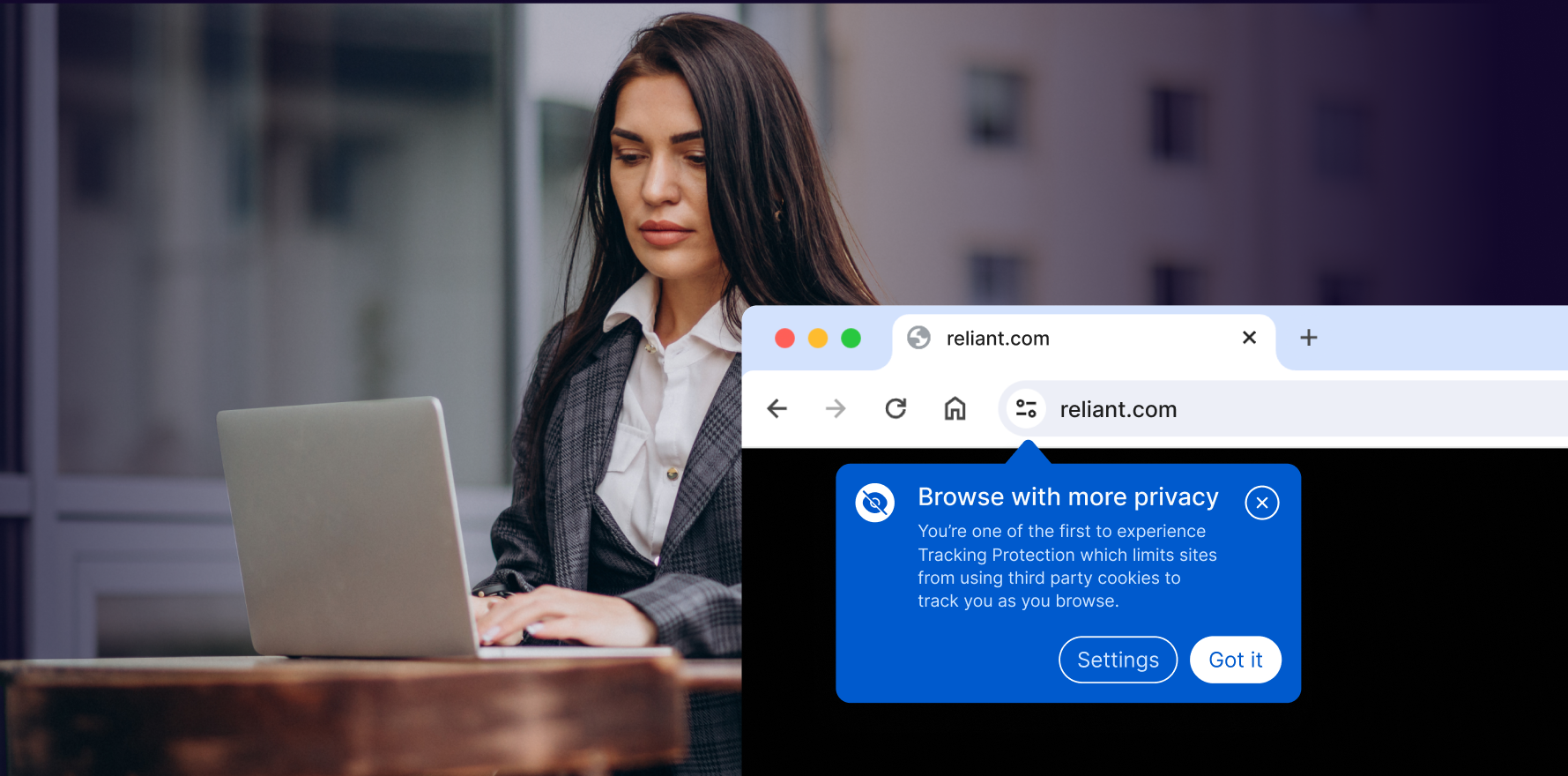The growth of ecommerce has meant the world of products and services becoming increasingly accessible. Unlike brick-and-mortar stores that could draw only so many people, an ecommerce establishment can be accessed by millions at any point of time. This advantage, however, seems to be offset by a unique challenge that almost every ecommerce business faces at some point or another:
The one-time buyer.
The one-time buyer is someone who purchases only once from an ecommerce business and does not come back. Here’s a quick look at some common reasons that often lead to the one-time buyer problem.
- Shoppers often depend on Google to lead them to what they want to buy. This increases the odds of many ecommerce brands (especially those that are lesser known) to be found and considered.
- Impulsive buying decisions while exploring an ecommerce website. These are usually one-time and if the brand does not create an impression, it is likely the shopper won’t return.
- Ecommerce businesses fail to track customer behavior and notice the journey they are taking to buy a particular product. Multiple categories and subcategories increase this complexity manifold.
The ultimate aim of every ecommerce business is to get over the one-time buyer challenge and convert such buyers into loyalists. In this piece, we explore how that can be achieved.
5 solid steps to find solutions
1) Organize your data and accurately identify one-time buyers
All online purchases create and in turn depend on data. It is how any business gathers, interprets and creates actions based on data, that determines how its customers will respond to its efforts. However, what’s also true is that a considerable number of ecommerce businesses find it highly challenging to gather and organize data.
- Consider privacy and security regulations before you start asking customers for their data. This is important if you want to monetize the data in the long term.
- Know the various data sources that you can use for data collection.In this regard, it’s important to know that zero-party data, first-party data, second-party data and third-party data can all be valuable sources to a varying degree. Zero-party data is data that customers offer without being asked and is naturally considered the most organic. First-party data represents any data that your business team collects from its customers. Second-party data is essentially another company’s first-party data that has been made public. Third-party data is data that has been published by an organization that is centered around data sourcing and publishing.
- Use tools that make data gathering efficient.Tools that work with web analytics, customer surveys, behavioral analytics, conversion boosting and social listening can all support your gathering and organizing efforts.
ACTIONABLE #1
Focus on gathering, processing, analyzing and finally cleaning your data. All the subsequent action steps will lean heavily on this one.
2) Diagnose, evaluate, and prioritize opportunities
Once you’ve scanned through reams of data and identified all your one-time buyers, you’ll have to seize the opportunities that will potentially make them come back.
Here are a few steps that can help you maximize your efforts at creating opportunities for one-time buyers to come back.
- Understand that some one-time buyers will be lost.This is how it usually works, and your data will hopefully give you clues in who these people might be. The idea is to then focus on those who you can bring back a second time.
- Put a retention plan in place. This may involve you offering certain attractive discounts or freebies if they shopped with you a second time. This would also involve deepening your communication with them, and giving them reasons to trust you.
- Bridge gaps between technology, teams and marketing efforts. Given how rapidly the ecommerce and technology landscapes are changing at any point, it’s essential for these three aspects to be coordinated. Developing a cross-functional marketing team that can effectively deal with large amounts of data and evolving technology stacks can help bridge the gaps.
ACTIONABLE #2
Invest time and effort in coming up with an iterative process that focuses on creating a hypothesis, running tests on the hypothesis and verifying the results based on what the data is saying about one-time buyers.
3) Build an insights-driven program
You can have endless data sourced through various processes, but when it’s about converting the one-time buyer, you’ll have to know what to do with it. Data that has not been interpreted and analyzed for insights is practically useless. Additionally, you’ll also need to narrow down the customer segment to be able to understand the data. So, the next step you need to focus on is building insights into your customer retention program.
- Determine the segments through the data you have collated. You can go deeper by noticing who used coupons to buy, who abruptly abandoned cart, who have bought before but have recently been only browsing, and so on. Determining segments can help you arrive at the “why” of a certain behavior.
- Start reading patterns into how the different segments have behaved. Take the segments and align them against likely behavior you’re noticing. This will help you notice who bought just once and who came back for more. And this naturally will also help you identify the gaps between the two. This will throw up steps that you can then undertake to cultivate repeat buying behavior in the one-and-done tribe.
ACTIONABLE #3
Create small actions to cultivate interest in your brand or business. Look into the data to achieve this – did someone come back only to abandon their cart? Could they be sent an email triggered by this? Is someone browsing through a particular category of products but not buying again? Could they be sent communication that talks of stock replenishment?
4) Launch, track, and personalize
Once you’ve figured out small actions to cultivate the interest of the one-and-done segment, it’s time to launch a lifecycle marketing program. This kind of a program will ensure you cover both online and offline touchpoints to connect with this segment.
- Implement a differentiated welcome strategy. Non-personalization at an early stage can cost you more than you think. While you may be communicating with the same target group, you’ll have to remember the different behaviors, needs and triggers driving the individuals. While it would take more effort than a one-size-fits all welcome strategy, a differentiated one is likely to give you better results.
- Track the performance of the strategy. Once you identify the core buyer segments and develop different tracks to connect with them, it’s time to assess how the strategy is faring.
- Introduce relevant offers, freebies and product recommendations. Your initial analyses will offer you further clues on how you can optimize relevant personalization.
ACTIONABLE #4
Put parallel focus on achieving an optimal strategy across channels and personalization efforts and tracking incremental improvements through testing.
5) Optimize and scale
By running various tests to assess performance across criteria, you arrive at the most workable solutions. This is when you apply the best discoveries from your marketing efforts to deeper use. Here are a few points to remember and implement.
- Target multiple touchpoints. When you’re trying to inspire one-time buyers to put their trust in you, you will essentially have to do two things. For one, you’ll have to be at the top of their minds and two, you’ll have to make them believe you can deliver real value. Make an assessment of which offline and online touchpoints will return maximum benefit at this stage.
- Address the root causes of one-time buying behavior. This is a big one because in the longer run, if you don’t do this, the trend of one-time buying on your website won’t cease. Addressing the root causes may involve observing if people are getting a better first-time offer elsewhere, are facing security challenges or are distracted by what your competitors are offering. This assessment will help you resolve on multiple counts and scale eventually.
ACTIONABLE #5
Implement a winning marketing campaign, but also look at going beyond. Mobilize your entire organization to make customer-centric decisions, including elevating product offerings and improving overall customer experience.
In the high-stakes action of everyday ecommerce, it’s natural to lose and gain customers. However, if we have to go by statistics, it’s clear that attracting new customers is way more expensive than retaining existing ones.ThinkJar research performed by its founder Esteban Kolskyconfirmed that attracting new customers is at least 6 to 7 times more expensive. And this is why, if you can convert one-time buyers into loyalists, it will have a direct impact on your bottom line.
You may also like
Essential resources for your success
























































